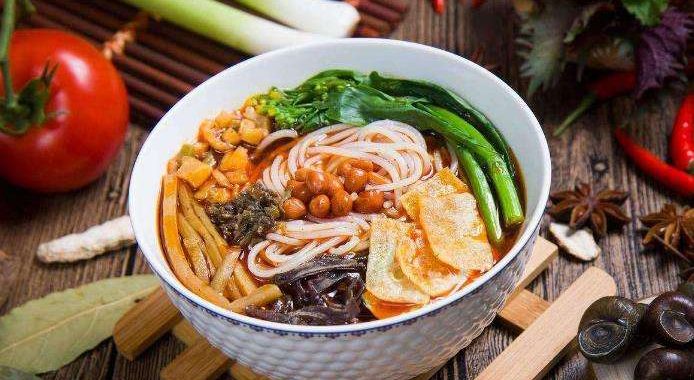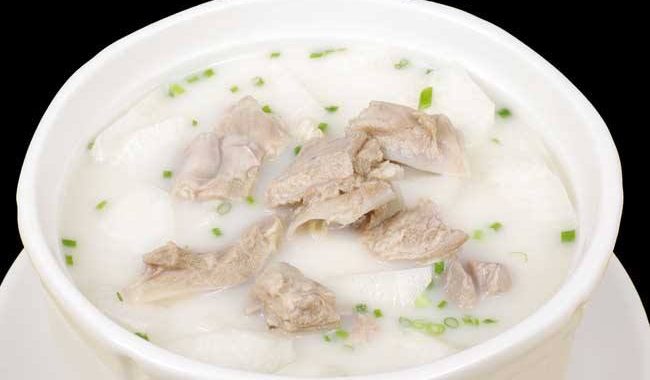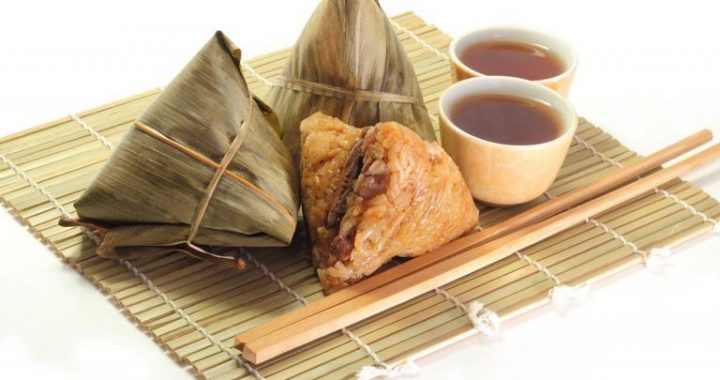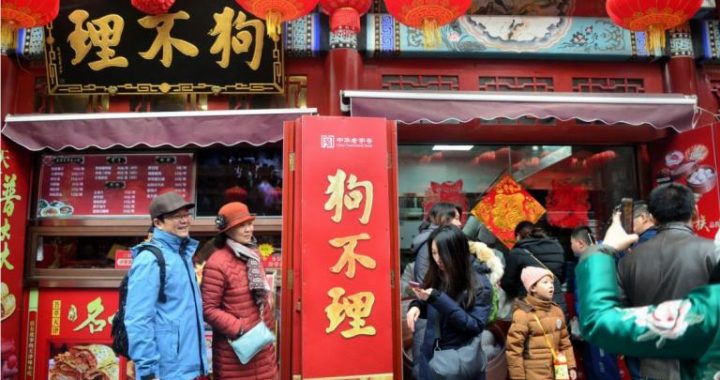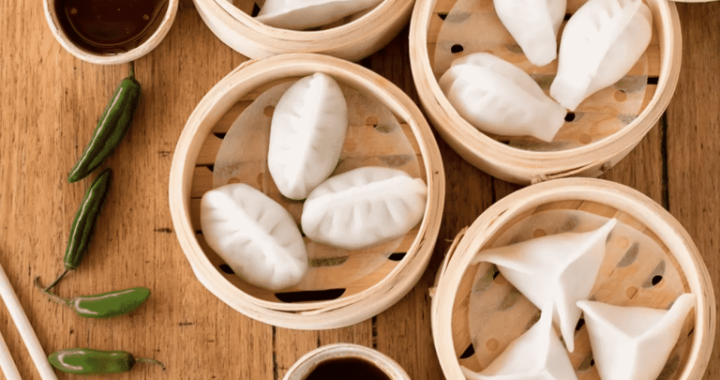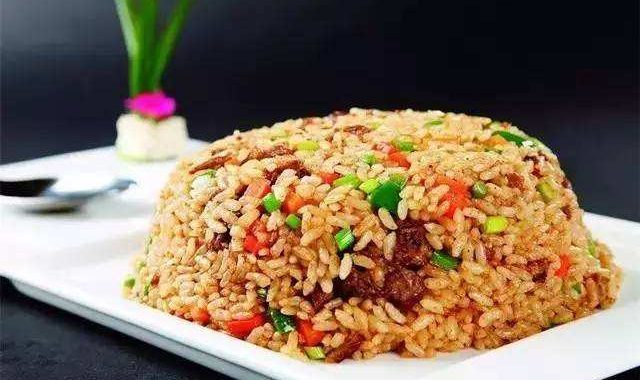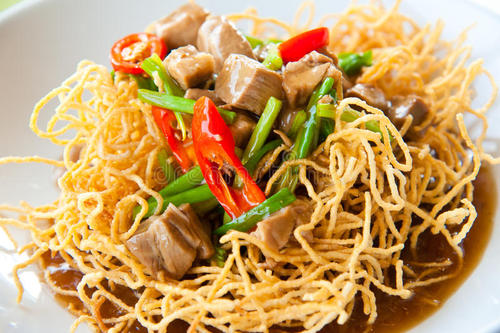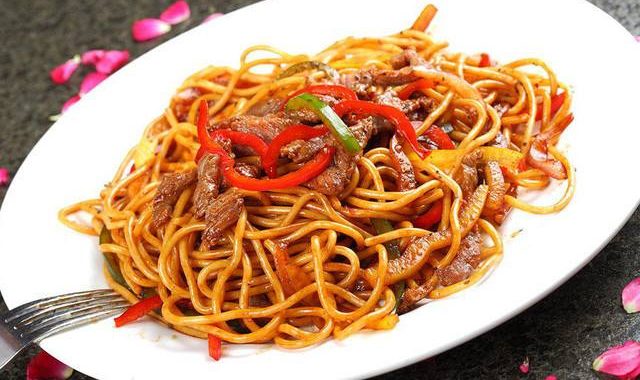Eating During Festivals
7 min readChinese people very much enjoy good food.They also celebrate many festivals throughout the year.This means that they have numerous occasions on which they can dine together.
From the first day of the first lunar month to the 3oh day of the twelfth lunar month,China celebrates about ten important traditional festivals.Many of these originally involved the sacrifice of sumptuous festival foods.People did this to pray for abundance in the year ahead.Although the original meanings of some of China’s festivals have been weakened or even lost, festival foods (which reflect rich local traditions and characteristics) still remain a key part of the eating customs of the Chinese people.

Dumplings are an important festival food and, in the past, have been synonymous with “improving life”. The saying”nothing is more delicious than dumplings”reflects the Chinese people’s love for dumplings.
Dumplings in China have a very long history. The earliest record of dumplings being eaten comes from the Han Dynasty. In the 1960s,a wood bowl containing a complete dumpling was unearthed in Xinjiang from a tomb dating from the Tang Dynasty. It is the oldest dumpling yet discovered.
From ancient times, people in the Yellow River basin (the place of origin of the Han ethnic group) have observed a series of customs that involve eating dumplings. Dumplings were eaten on Lunar New Year’s Eve, during the Broken Five Festival(the 5h day of the fith lunar month), at the beginning of the hottest days in summer(mid and late July) and on the winter solstice(around 22 December).
Today, the Lunar New Year is the most important traditional Chinese festival(it is also known as the Spring Festival). Lunar New Year’s Eve is to Chinese people what Christmas Eve is to European and American people. Almost all Chinese families get together to celebrate this festival and many Chinese people travel great distances to be at home for the Lunar New Year celebrations.
The custom of eating dumplings has been a part of this festival since the Ming and Qing dynasties. Today, many Chinese families still make and eat dumplings on Lunar New Year’s Eve, especially in the north of the country. They sit together to make their dumplings in a festive and happy atmosphere. Dumpling making involves kneading dough, preparing stuffings, rolling out dough wrappers, wrapping stuffings and molding and boiling the finished dumplings. Once they have made their dumplings, people then stay up late. They eat their dumplings at midnight, as their first meal of the New Year. For the Chinese, eating dumplings at midnight symbolizes ringing out the old year and ringing in the new. Indeed, the name “dumpling”originated from the phrase “change of years at midnight.”Dumplings also symbolize reunion and festivity and are widely known as a folk delicacy across China.
Dumplings can be boiled, steamed or fried and are classified according to the type of stuffing they contain. The most common stuffing used in homemade dumplings is pork. To prepare this stuffing, chopped pork is mixed with sesame oil, scallion, ginger, sauce and other seasonings.
Chopped or ground vegetables and salt are also mixed in with it. Ground mutton and ground beef can also be used as dumpling stuffing. The finest dumpling stuffing is known as the “three delicacies”. This stuffing is prepared using chopped cucumbers, shelled fresh shrimps and pork.
The quality of a dumpling’s wrapper has a great impact on its taste. To make high-quality wrappings, the right amount of water should be added to flour to make a dough. This dough should then be kneaded properly. The kneaded dough should then be put aside to allow the water and flour to mix evenly. Dumpling wrappers that have been prepared correctly should be moderately hard, sticky but not fragile, and soft and smooth. They should also taste delicious.

The festive atmosphere of the Spring Festival lasts half a month till the 15h day of the first lunar month. This is the date of another important traditional folk festival in China-the Lantern Festival. On the night of the Lantern Festival streets and back lanes are decorated with lanterns and colored streamers. At this time people eat rice glue balls. People in the south call such rice glue balls “rice dumplings.”
The main ingredient of rice glue balls is glutinous rice. They are very sticky, and should be chewed carefully and swallowed slowly. It is best not to eat too many at a time.
A lay Buddhist from the Hanshan Temple,Suzhou is carefully preparing”laba porridge” to be distributed to citizens in the temple.
These rice glue balls seldom taste salty.In the south,rice dumplings are made by kneading glutinous dough and wrapping it around sweet or salty stuffings made from meat or vegetables.
The 5h day of the 5h lunar month is the Dragon Boat Festival,which has a history going back more than 2,000 years.This festival involves traditional customs such as pasting up portraits of Zhong Kui and hanging up bunches of Chinese mugwort leaves.Adults drink realgar wine and children wear perfume bags to ward off evil.During this festival people throughout China also observe the custom of eating glutinous rice dumplings.The taste and shape of these dumplings is different in the north and south of the country.People in the north like using sweet materials(such as dates,sweetened bean paste and preserved fruit)as the stuffing in their dumplings.Thesestuffings are mixed with glutinous rice and wrapped with reed leaves into a triangular shape.The dumpling stuffings used by people in the south include not only sweetened bean paste,but also sweet or salty vegetables,eggs and meat.Their dumplings come in a variety of shapes.The Dragon Boat Festival commemorates the great poet of the Chu State,Qu Yuan,who could not dedicate himself to the service of his state and drowned himself in a river during the Warring States Period.
During the festival people throw rice wrapped in Chinese mugwort leaves and pots of realgar wine into rivers. They do this to stop fish and shrimps from eating Qu Yuan’s body.
The Mid-autumn Festival(the 15th day of the 8h lunar month) is an important traditional festival, which is only second in importance to the Spring Festival. Eating moon cakes during the Mid-autumn Festival is a traditional custom that is observed by Chinese people around the world. Moon cakes, which are shaped like a full moon, symbolize reunion. This is appropriate as, during every Mid-autumn Festival,a bright moon hangs high in the sky, and family members reunite, admire the moon and enjoy the happiness of being together. Moon cakes, like glutinous rice dumplings, are desserts. They come in many flavors and have many kinds of stuffing. Stuffings include five nuts, lotus seed paste, yolk, sweetened bean paste, rock sugar, sesame and ham. Moon cakes also come in several different varieties, including sweet, salty, sweet and salty and spicy.
Moon cakes also have a number of regional differences. For example, traditional Beijing mooncakes are cooked like sesame seed cakes and have crisp and delicious exteriors. Suzhou moon cakes are sweet and delicious. They are crispy, soft and white and have thin multilayered exteriors.
Guangdong moon cakes are famous for their fine stuffings.
People like giving moon cakes as gifts to relatives and friends before the Mid-autumn Festival.
As a result the packaging and appearance of moon cakes has become more and more exquisite in recent years.
As well as the traditional foods eaten during the four festivals described above, there are also many other food-related customs that are followed in the regions around China. For example, some areas have a tradition of eating “dragon whiskers noodles”on the 2d day of the 21d lunar month. Many people stop using fire and eat cold food on the Tomb-sweeping Day, which takes place around the 5h of April. In some areas people offer figures made of flour to their ancestors as sacrifices during the Zhongyuan Festival(the 15h day of the 7th lunar month). These figures, which are in the shape of people and sheep, are also offered to guests to eat. Many areas also follow the traditional custom of eating flower cakes and wishing old people health and longevity during the Double Ninth Festival(the 9h day of the 9h lunar month).
People in both the north and south of China follow the custom of eating “laba porridge”on the 8h day of the 12h lunar month, before the end of the year. The way in which this porridge is cooked is slightly different in different regions. People in the north like to make it using various cereals and beans, while people in the south add lotus roots, lotus seeds, water chestnuts, and other ingredients. However, no matter which method is used, red dates and chestnuts are an indispensable part of the recipe.”Dates”symbolize”early”and “chestnuts”symbolize”strength.”The dish is therefore meant to encourage people to work hard so that they can produce a bumper grain harvest in the coming year. As living standards have improved, ordinary families have begun to use an increasingly diversified mix of raw materials in their laba porridge. These include peach kernels, apricot kernels, melon seeds, peanuts, pine nuts and raisins. The resulting boiled laba porridge is more refined, delicious and nutritious when such ingredients are used. Top-quality laba porridge is a popular Chinese winter tonic. It is reputed to strengthen the spleen, stimulate the appetite, invigorate vital energy, nourish the blood and keep out the cold.

